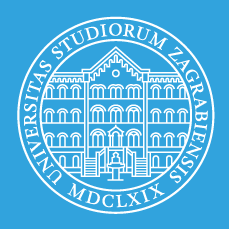Research activities in IoTLab are related to the following topics: IoT platforms and interoperability, Mobile Crowd Sensing (MCS), energy-efficient solutions for smart services, DLT for IoT environments.
IoT platforms and interoperability:
- contribution to the pioneering work on semantic interoperability within the FP7 OpenIoT project [1], which is a well-known and highly-cited project that created the award-winning open-source platform OpenIoT for semantic interoperability by using a common ontology (W3C Semantic Sensor Network Ontology).
- research and innovation results on semantic and organizational interoperability were achieved during the H2020 symbIoTe project, where Ivana Podnar Žarko, as the symbIoTe Technical Manager, led the architecture specification and coordinated the technical work packages which produced the symbIoTe Open Source middleware (25 components, 133000 LoC, the latest release version 3.1.0, Feb 2019) [2,3,4]. In addition to the symbIoTe consortium partners, the symbIoTe middleware was used by 12 external companies and research institutions to create an emerging interoperable IoT ecosystem which currently integrates 23 IoT platforms of various types offering around 4000 different IoT resources, 6 value-added services built on top of those resources (Enablers) and 9 mobile applications.
Mobile Crowd Sensing: Publish/subscribe mechanisms and algorithms are applied for efficient, controllable and energy-preserving collection of sensor data via citizen’s mobile devices [5,6]. A recent publication assumes the usage of edge computing resources to decentralize MCS services and improve their performance [7]. Other notable publications contribute a mobility management solution for wearable and mobile devices which continuously forward sensor data to a cloud IoT platform [8] and methods for efficient real time processing of the collected sensor data [9].
Energy-efficient solutions for smart services: A solution for edge/fog computing with a possibility to execute data analysis tasks on gateways or devices was proposed in [10], while [11] considers energy efficiency on device level when executing complex data analysis tasks. In the area of IoT event recognition, intelligent mechanisms for the smart home environment have been proposed in [12].
DLT in IoT environments: The Ethereum blockchain is used in the context of supply chain management to mediate interactions between stakeholders during a product’s exchange process [13].
References:
- Soldatos, N. Kefalakis, M. Hauswirth, M. Serrano, J.-P. Calbimonte, M. Riahi, K. Aberer, P. P. Jayaraman, A. Zaslavsky, I. Podnar Žarko, L. Skorin-Kapov, and R. Herzog. “OpenIoT: Open Source Internet-of-Things in the Cloud.” Lecture notes in computer science. 9001 (2015) ; 13-25
- Podnar Žarko, S. Soursos, I. Gojmerac, E. Garrido Ostermann, G. Insolvibile, M. Plociennik, P. Reichl, and G. Bianchi. “Towards an IoT framework for semantic and organizational interoperability,” in Proc. 2017 Global Internet of Things Summit (GIoTS), June 2017, pp. 1–6.
- Podnar Žarko, S. Mueller, M. Płociennik, T. Rajtar, M. Jacoby, M. Pardi, G. Insolvibile, V. Glykantzis, M. Kušek, and S. Soursos. “The symbIoTe Solution for Semantic and Syntactic Interoperability of Cloud-based IoT Platforms,” in Proc. 2019 Global Internet of Things Summit (GIoTS), June 2019, pp. 1–6.
- Podnar Žarko, J. I. Yuste, C. Ruggenthaler, J. A. Sanchez Murillo, J. Garcia, P. Skočir and S. Soursos, “Collaboration Mechanisms for IoT Platform Federations Fostering Organizational Interoperability,” 2018 Global Internet of Things Summit (GIoTS), Bilbao, 2018, pp. 1-6.
- Antonić, M. Marjanović, K. Pripužić, I. Podnar Žarko. “A Mobile Crowd Sensing Ecosystem Enabled by CUPUS: Cloud-based Publish/Subscribe Middleware for the Internet of Things,” Future Generation Computer Systems. 56 (2016); 607-622. https://doi.org/10.1016/j.future.2015.08.005
- Marjanović, L. Skorin-Kapov, K. Pripužić, A. Antonić, I. Podnar Žarko. “Energy-Aware and Quality-Driven Sensor Management for Green Mobile Crowd Sensing,” Journal of Network and Computer Applications. 59 (2016); 95-108. http://dx.doi.org/10.1016/j.jnca.2015.06.023
- Marjanović, A. Antonić and I. Podnar Žarko, “Edge Computing Architecture for Mobile Crowdsensing,” in IEEE Access, vol. 6, pp. 10662-10674, 2018.
- Podnar Žarko, A. Antonić, M. Marjanović, K. Pripužić, L. Skorin- Kapov. “The OpenIoT Approach to Sensor Mobility with Quality-Driven Data Acquisition Management.” in Lecture Notes in Computer Science. 9001 (2015) ; 46-61
- Hromic, M. Serrano, C. Hayes, A. Antonic, I. Podnar Žarko, D. Le Phuoc, S. Decker, “Real time analysis of sensor data for the Internet of Things by means of clustering and event processing,” 2015 IEEE International Conference on Communications (ICC), London, 2015, pp. 685-691.
- Skočir, M. Kušek, and G. Ježić. “Energy efficient task allocation for service provisioning in Machine-to-Machine systems,” Concurrency and Computation: Practice and Experience, 29 (2017), 23. http://dx.doi.org/10.1002/cpe.4269
- Skocir, M. Kusek and G. Jezic, “Influence of on-device measurement analysis on energy efficiency in Machine-to-Machine systems,” 2015 Federated Conference on Computer Science and Information Systems (FedCSIS), Lodz, 2015, pp. 1273-1278.
- Skocir, P. Krivic, M. Tomeljak, M. Kusek, and G. Jezic. “Activity Detection in Smart Home Environment.” In Procedia Computer Science. 96 (2016), 672-681.
- M. Benčić, P. Skočir, and I. Podnar Žarko. “DL-Tags: DLT and Smart Tags for decentralized, privacy-preserving and verifiable supply chain management,” IEEE Access. 7 (2019); 1-12. http://dx.doi.org/10.1109/ACCESS.2019.2909170


